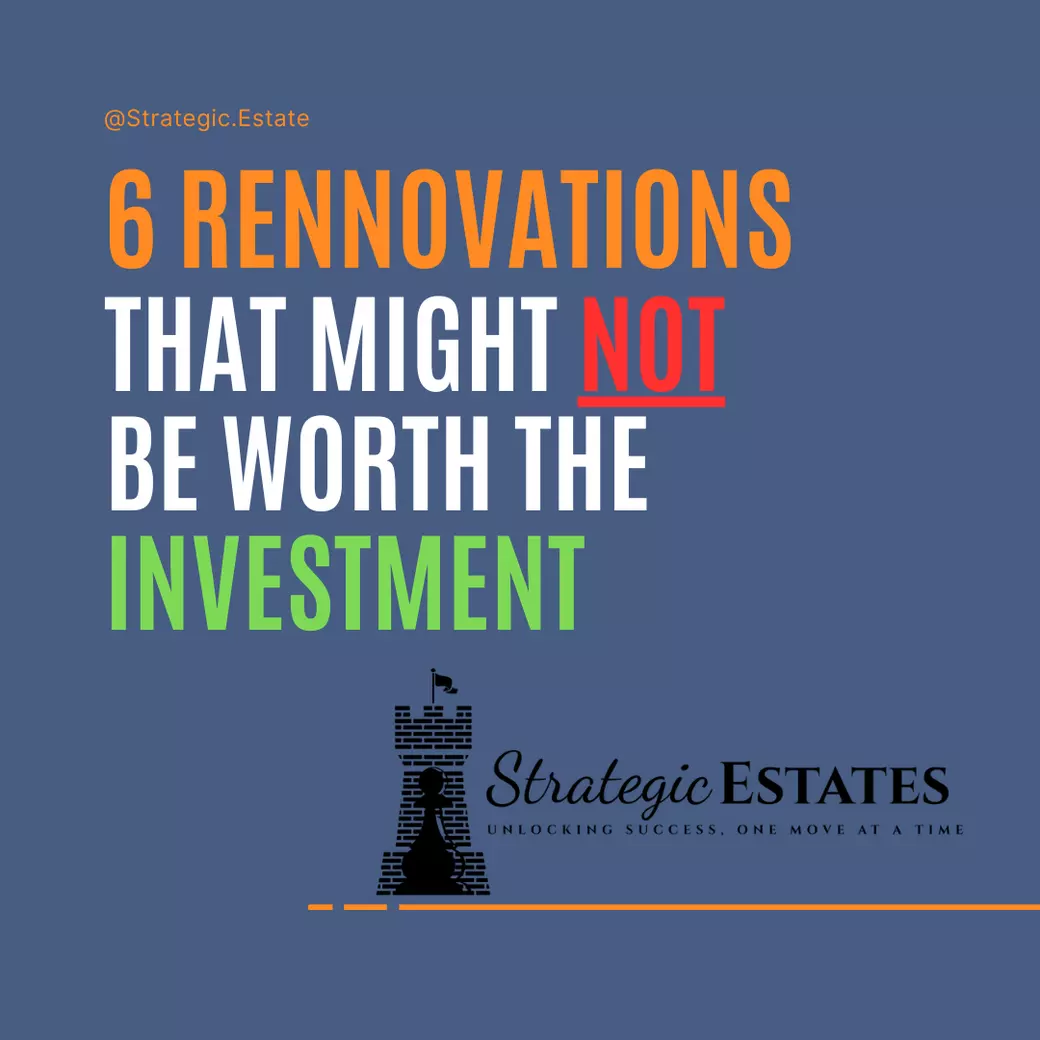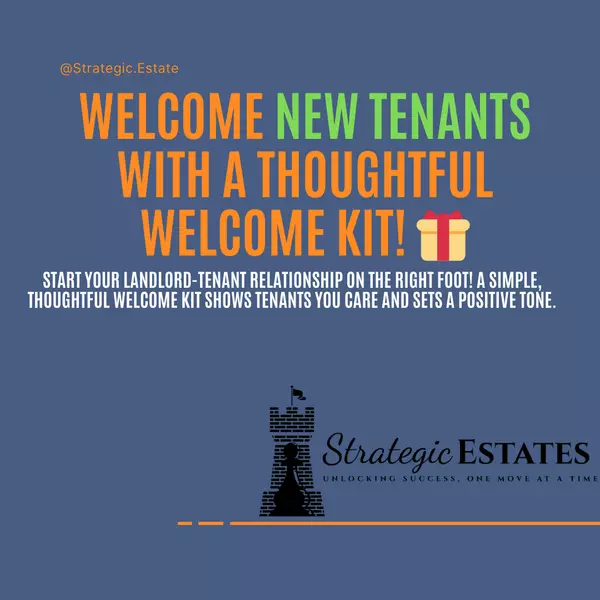6 Renovations That May Not Be Worth the Investment for Homeowners and Investors

When it comes to home renovations, not all upgrades are created equal. As homeowners and investors, it’s tempting to add custom touches or high-end amenities to a property. But before committing to a costly remodel, it’s essential to know which improvements will truly add value to your home—and which might actually hurt resale potential. Here’s a breakdown of six renovations that, despite their appeal, may not deliver the return on investment (ROI) you’re looking for.
1. Converting the Garage into Living Space
A garage remodel may sound appealing, especially if you envision a home gym, office, or extra bedroom. However, most buyers prefer a functional garage for parking and storage, especially in urban and suburban areas where parking is at a premium.
- Cost Impact: The average garage conversion can cost upwards of $18,000.
- Consideration: A missing garage can be a red flag for buyers, who may need the space for vehicles or storage. Converting the garage back can be expensive, potentially costing more than it’s worth.
Alternative Tip: If you need additional living space, consider converting an unused basement or attic rather than sacrificing the garage.
2. Adding an Accessory Dwelling Unit (ADU)
Accessory Dwelling Units (ADUs) are gaining popularity, especially in areas where housing demand is high. However, constructing an ADU is often costly, and it may complicate storage or yard space.
- Cost Impact: ADU construction costs can exceed $100,000.
- Consideration: While ADUs offer potential rental income, you may not recoup the full investment if your market doesn't support high rents or if local buyers aren’t as interested in multi-family living.
Alternative Tip: Before building an ADU, assess demand in your area and calculate whether rental income will justify the investment.
3. High-End Kitchen Appliances
Luxury appliances can transform a kitchen, but they may not align with every buyer's preferences. High-end kitchen appliances are pricey and often require specialized maintenance, which can be off-putting for buyers who prioritize functionality over luxury.
- Cost Impact: Top-tier kitchen appliances can range from $5,000 to $20,000 or more.
- Consideration: Maintenance costs can be prohibitive, and potential buyers may not value these appliances as highly as you do, especially if they're interested in updating the kitchen to their own style.
Alternative Tip: Consider moderately priced, energy-efficient appliances that offer reliability without an excessive price tag.
4. Built-In Shelving and Custom Storage Units
Built-in shelving and custom storage options look great in design magazines, but they may restrict how future buyers use the space. Custom storage can be difficult and costly to remove, limiting room layout options for prospective owners.
- Cost Impact: Custom built-ins can range from $2,500 to $10,000 or more.
- Consideration: Not all buyers will find built-ins appealing, particularly if they have their own furniture or storage solutions. Removing or altering built-ins adds to their overall cost.
Alternative Tip: Opt for freestanding storage solutions that you can take with you, or consider minimalist shelving that can be easily adjusted.
5. Niche Additions like Movie Rooms or Golf Simulators
Specialty rooms like movie theaters, game rooms, and golf simulators are fun for personal use but may turn off buyers who need more versatile spaces. These highly customized rooms are often expensive to build and may have limited appeal.
- Cost Impact: Specialty rooms vary widely but can cost between $10,000 and $50,000, depending on features.
- Consideration: Potential buyers with families or different interests may view these rooms as wasted space or even costly to convert back to general use.
Alternative Tip: If you love the idea of a movie room, consider a flexible setup that can easily be converted back into a traditional bedroom or office.
6. Swimming Pools
Pools are a classic feature in warm climates, but they come with high installation and maintenance costs. While some buyers love pools, others see them as high-maintenance or a safety hazard, especially families with young children.
- Cost Impact: Pool installation averages around $65,000 and can climb higher with luxury features.
- Consideration: Pools are costly to maintain, and not all buyers are interested in taking on this expense. In fact, a pool can sometimes limit the pool of potential buyers.
Alternative Tip: If adding a pool, consider how it fits the neighborhood and local buyer expectations. In some cases, an upgraded patio or outdoor entertaining space might provide a better ROI.
Final Thoughts
When making renovation decisions, it’s crucial to balance personal taste with resale considerations. For real estate investors, this is especially true. Custom or luxury renovations can sometimes hinder the property’s marketability, narrowing the buyer pool and limiting ROI potential. Before undertaking any major upgrade, think about how it will appeal to future buyers—and whether it will increase or decrease the property’s long-term value.
With strategic planning, you can make smart investments that enhance your property’s appeal without sinking funds into renovations that may not deliver the returns you expect. For any investor, keeping a close eye on buyer preferences and resale value is key to protecting and growing your real estate investment.
Categories
Recent Posts










